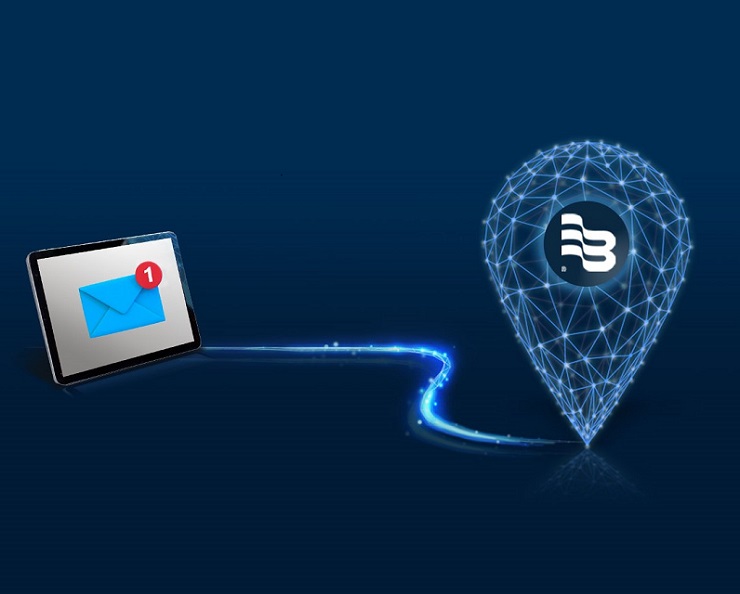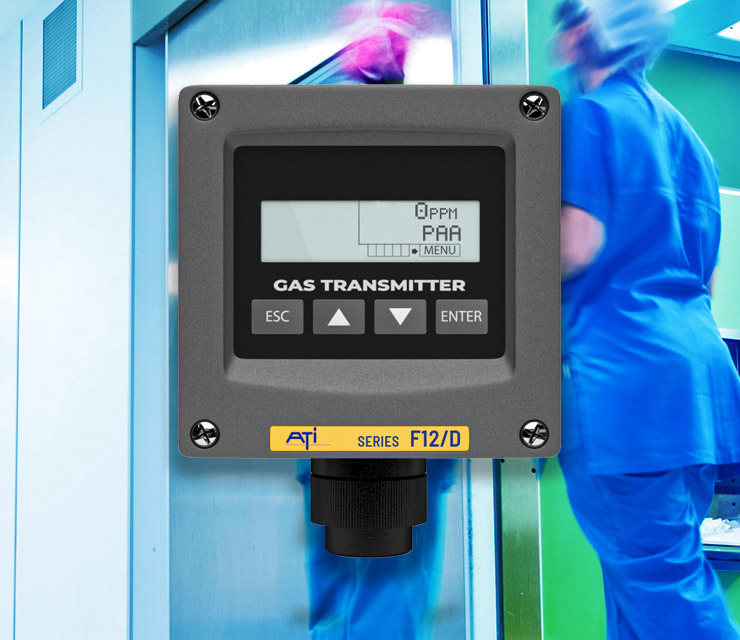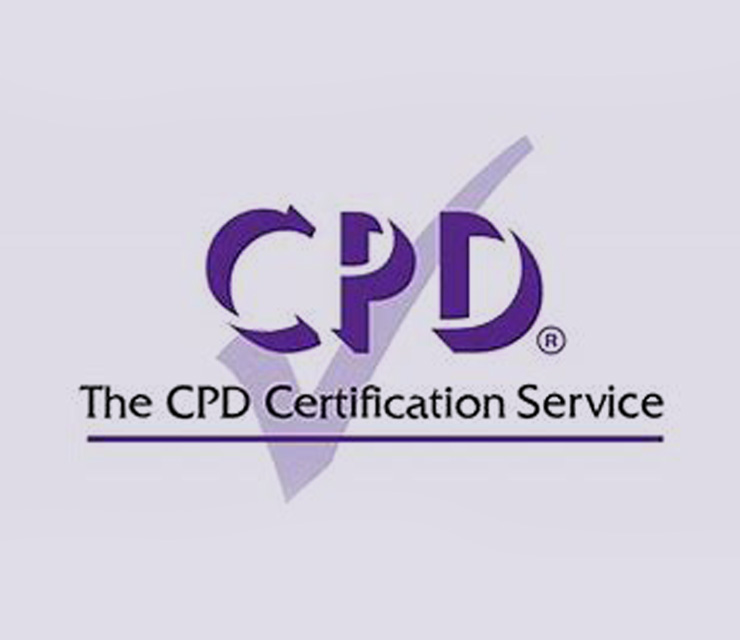- Water Monitoring
- WATER MONITORS BY PARAMETER:
- WATER MONITORING PRODUCTS:
- EchoSmart Sludge Blanket Monitor
- FilterSmart Gravity Filter Backwash Monitor
- Q46N Dissolved Ammonia Monitor
- Q46H/62-63 Residual Chlorine Monitor
- Q46H/79PR Total Chlorine Monitor
- Q46H/65 Chlorine Dioxide Monitor
- Q46C2 2E Conductivity Monitor
- Q46C4 4E Conductivity Monitor
- Q46/84 Hydrogen Peroxide Monitor
- Q46D Dissolved Oxygen Monitor
- Q45D Dissolved Oxygen Transmitter
- Q46H/64 Dissolved Ozone Monitor
- Q46/85 Peracetic Acid Monitor
- Q46P/R pH & ORP Monitor
- Q45C2 2E Resistivity Transmitter
- Q46S/66 Residual Sulfite Monitor
- Q46/88 Suspended Solids Monitor
- Q46/76 Turbidity Monitor
- View More >
- SMART WATER SOLUTIONS
- Gas Monitoring
- GAS MONITORS BY PARAMETER:
- GAS MONITORING PRODUCTS:
- A12 2-Wire Toxic Gas Transmitter
- A12-17 Combustible Gas Detector
- A14/A11 Modular Gas Detector
- A21 Gas Sampler
- A23-14 Ozone Generator
- B12 2-Wire Gas Transmitter
- B12 Wet Gas Detector
- B14 Gas Alarm Module Receivers
- C12-17 Combustible Gas Detector
- C21 Dri-Gas Sampling System
- D12 Toxic and Combustible Gas Detector
- D12Ex-IR Infrared Gas Transmitter
- D16 PortaSens Portable Gas Leak Detector
- E12-15 IR High Level Ammonia Gas Detector
- F12D Toxic Gas Detector
- F12iS Toxic Gas Transmitter
- GasSens Midi Controller
- IsoMon Dual-Channel Gas Detection
- Q45S Wet H2S Gas Detector
- Industries
- Support
- News & Case Studies
As data analytics and collaboration are increasingly becoming key priorities within the water industry, ATi and Black & Veatch Water Europe Principle Consultant, Andy Bates, discuss embracing the power of data for the future of smart water networks.
Across England & Wales, there are over 340,000km of water mains and over 620,000km of sewer and drain systems. These underground assets are critical to the sustainable future of the water industry, yet this infrastructure is aging and all too often its underlying condition is unknown. With many pipes dating back over 100 years, this inevitably results in leakages and costly repairs. As part of the industry’s plans to manage yesterday’s infrastructure using tomorrow’s technology, water professionals are becoming more motivated to look for intelligent, resilient and effective solutions to meet tough targets.
Until now, cash-strapped water utilities have been trying to balance priorities of time and resources. Riddled with assets that are reaching end-of-life, including deteriorating pipes and failing pumps, utilities remain plagued by aging infrastructure and old practices that are hard to change. Despite the fact that the design of new mains systems should incorporate smart technology and monitoring requirements, these new systems are still often built in traditional ways. Now, in an effort to reduce operational costs and improve asset lifespans, water utilities are putting their data to work. But while smart water offers untold solutions, utilities are still working to understand how to gather, manage and analyse this information in such a way that it can alleviate ongoing asset management challenges.
Regulation is continuing to drive change, challenging the water industry to continue improving performance, and new technologies have a major role to play. These challenges will require a ‘smart’ approach, one driven by data, new technology, collaboration and management of infrastructure. The application of Artificial Intelligence systems and data analytics, will produce actionable insights to enable the water industry to become truly ‘smart’.
However, in order to achieve this, the supply chain can no longer remain technologically isolated; instead multi-layered, strategic alliances, focused on meaningful solutions for the industry, are now vital. Transparent collaboration, with shared values to improve the industry, will become the norm. In short, if strategic partnerships are not formed, the water industry will fail.
Collective Technical Expertise
ATi believes that change is already happening, but that we need to think big, start small and act fast. “Water utilities, consultants, technology companies and hardware and software specialists are already collaborating on smart water innovations. By leveraging big data, analytics and the Internet of Things, key players in the water sector are pro-actively innovating to help solve issues of water scarcity and address the aging water infrastructure. Put simply, monitoring water quality helps identify and determine current issues and guides future investment, including predicative maintenance and analysing data in real-time to identify leaks that affect water usage. Experience shows that by using this formula, projects are completed in a shorter period of time and with significant savings, taking advantage of the collective technical expertise and knowledge of companies within the collaborative partnerships.
“In addition to the technological advancements and personnel needed to operate the equipment, skilled, technical analysts are required to be able to understand and interpret the data, with expertise in how to operate the systems accordingly to identify issues and how to resolve them. This all requires specialist training and is currently considered a unique skill set, but if smart water is to become a success, these skills need to become the norm”.

Most water companies would admit to working in silos, and can intuit that it would be better if they didn’t, but they are often unsure how to change. “If there were to be a Grand Unification Theory in the industry, as opposed to science theory, the most likely place it would start would be in data. We all have a common need for data and the best insights come from combining different data sets. In order to achieve this, collaboration between technical operators and data analysts, i.e. people at grass roots, needs to be actively encouraged to achieve skills crossover”, Black and Veatch’s Andy Bates believes.
Data Insights
The key to driving smart water is empowering companies to be bold enough to turn innovations into business-as-usual processes and streamline activities to ensure more effective collaboration. “The thinking now within the UK’s regulated industry has changed from privatisation, where it was anticipated a long-term investment programme would progressively upgrade the asset base and asset life would reach a time-averaged sustainable level.
“Having been through six of these investment cycles already, it’s very clear that the rate of entropy on such a heavily asset-dependent industry is too high for this paradigm to be correct. Add to this the evolving nature of improving standards, along with customers becoming less accepting of issues, they are more likely to complain given their easy and convenient access to social media. So what options does that leave? The only sensible option is to prolong the life of what you have, using investment in a very sparing, targeted and sustainable manner to get the very most for your money. And there’s only one way to get to this kind of new paradigm, one essential element that underpins all decision making – data”, said Andy.
Whether you are looking at physical condition data, readings from sensors or hearing the predictions of an AI system, there is an inevitability of the transition to a digital ecosystem. With the right sensing technology and analytics, asset performance can be greatly improved and life extended – but only if you have the correct focus on “data to decisions”. And this is the crux. Understanding and interpreting this data is essential if we are to achieve true smart water.
“Water utilities have always collected data, but historically that information was used to perform traditional tasks and rarely to assess asset health and predict failure,” Andy Bates observes. “Sufficient, accurate and timely data needs to feed backwards and forwards from different departments within water companies to optimise treatment, cost, protect assets and predict the future, whilst avoiding issues in the present. Systems will learn from their history analysing patterns and comparing variables in ways it’s currently hard to fathom.
“A good example of how this new norm will need to work is the provision of data from electronic equipment. Much of the modern-day technology used within the water industry will have an array of digital recordings and diagnostics running, but some of this may not be presented in a “consumable” format. In order to gain insight into these analytics, companies need to open up the data to allow sharing with partners, or risk getting deselected from the supply chain.”
By embracing this digital transformation, utilities can turn large volumes of data into actionable information. Making it available at the right time, in the right location, in the right context and with the right people, helps companies to work together and collaborate, innovate, break down silos and deliver improved performance.
“Another key principle of digital transformation is how having access to insight, based on the latest data and intelligence, can help to drive a more innovative approach to customer service, using data to make more informed, strategic decisions about asset replacements. Utilities can also prevent potential asset failures from occurring and therefore avoid the added cost and inconvenience of emergency repairs, working with layers of data to uncover hidden insights and share them across the entire organisation. Sharing experience would quickly enable the industry to foster best practice and encourage the much-needed formation of multi-layered, strategic partnerships rather than working in silo.” ATi believes.
The good news is many companies have already realised the true benefits of focusing on their core strengths and choosing strategic partners that complement these skills. Being able to approach customers and demonstrate a commitment to collaborate is fast becoming the preferred approach and will inevitably result in the continued growth of smart water. This, along with the changes, opportunities and capabilities that new technology and alliances are set to bring, will drive long-term transformational innovation in the water sector for 2020 and beyond.

“Smart water’s technological innovation also plays a crucial role in predictive and proactive understanding of pipeline activity, giving operators access to advanced, reliable and actionable insights that will change the future of the water industry. However, the problem with Big Data is that we can become overwhelmed by the amount of information we receive, creating the perception that the data is incomplete, redundant or even inconsistent. But by applying Big Data technologies, the system analyses, corrects and complements where necessary, and then extracts information so that the operator can take the most appropriate decisions, giving a full, real-time overview” said ATi.
Digital Innovation & Transformation
An example of how this multi-technology approach works better has recently been demonstrated, with a number of UK water companies working with water consultants to collect a broader cluster of data-sets from supply chain providers, all collaborating to deliver a ‘data lake’ of information, presented on one unified analytics platform.
From pressure, flow, chlorine, turbidity, PRV valves, to consumer smart meters, this project has created a truly smart distribution network. Collaborative, intelligent, networked systems like this is not only helping to identify issues such as leaks, it is also improving operational tactics, promoting conservation and helping to minimise consumption, driving the industry towards a new smart water concept.
In a nutshell, Big Data is about taking all the data we now have at our fingertips and turning it into knowledge that we can apply to operate our networks and treatment facilities better. The right data, analytics and decision framework can drive water utilities to optimal performance.
The new generation of innovative analytics tools is enabling water utilities to perform preventive maintenance on existing infrastructure, cutting maintenance costs, reducing water loss, driving down incident risk, enabling in-depth incident analysis and preventing sewer overflows.
Data analytics are allowing water utilities to unlock operational efficiencies, improve revenue collection, gain system insights, boost customer services, provide early warning and monitor quality issues affecting customers, whilst guiding long-range planning and investment strategies.
ATi believes the water industry is now on the cusp of something very exciting; “Digital innovation will be the key to success and survival, enabling organisations build a connected workforce, modernise operational processes and deliver enhanced customer service.
“ATi are working closer than ever before with customers and strategic partners to deliver the real value of smart water quality data, to offer a true Return on Intelligence. We are currently in the process of developing a new analytics control room that will house our industry-leading data hub and by utilising the NB-IoT and communications protocols with technology providers,
ATi’s smart water quality expertise and solutions will span every part of the water cycle – from source to tap”.
Featured Article
Exploring the misconceptions surrounding AI
The world of IoT and digitalisation has fast become a reality for the water sector, with much excitement…
ReadA team of experts, ready to help
A global company with a caring culture. We have a team of experts on hand to help with any product or support query you may have. Contact us and experience ATi’s exemplary customer support.
Get in touch





 Click here to see US contact details
Click here to see US contact details  Click here to see UK contact details
Click here to see UK contact details